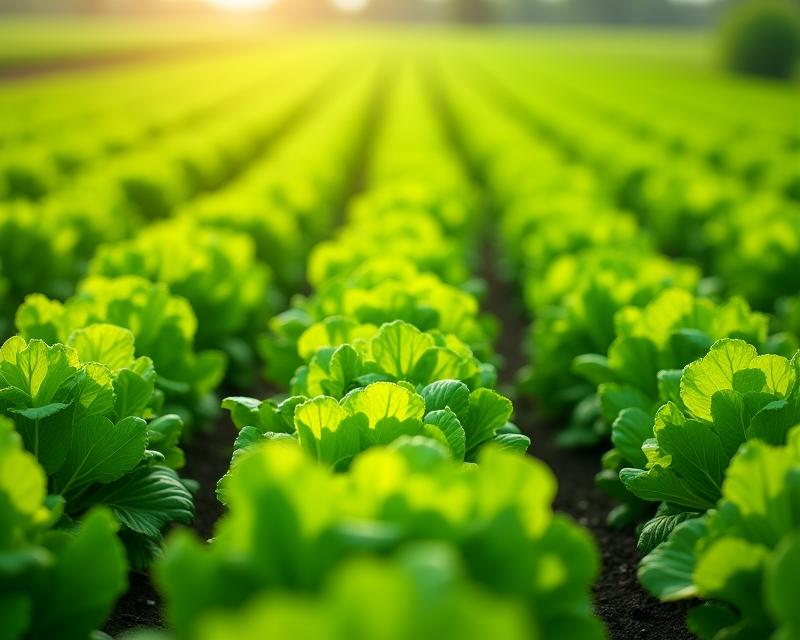Intensive Planting: Maximize Your Crop Yields
Publish in Crops el 28/06/2025 22:35
Intensive Planting: Maximize Your Crop Yields
Farmers are constantly seeking ways to increase productivity on their land. One effective strategy is intensive planting, a method of growing crops closer together than traditional methods. While it might seem counterintuitive, when done correctly, intensive planting can significantly boost yields per acre, leading to greater profitability and efficient land use. This approach requires careful planning and consideration of specific crop needs, but the potential rewards are substantial.

Understanding the Benefits
The core benefit of intensive planting lies in maximizing the use of available space. By planting closer together, you essentially increase the number of plants per unit area. This can lead to higher overall yields, especially for crops that are well-suited to close spacing. Furthermore, intensive planting can help suppress weed growth by shading the soil and reducing the amount of sunlight reaching weed seeds. This reduces the need for herbicides, contributing to more sustainable farming practices. It can also improve soil health by increasing organic matter through denser root systems.
Key Considerations for Success
Successful intensive planting isn't simply about cramming more plants into the ground. It requires careful consideration of several factors. First, choose crop varieties that are well-suited for close spacing. Some varieties are bred specifically for this purpose. Second, ensure adequate soil fertility and nutrient availability. Denser plantings require more nutrients to thrive. Third, proper irrigation is crucial to prevent water stress. Finally, monitor plants closely for signs of disease or pest infestations, as denser plantings can sometimes increase the risk of spread.
Crop-Specific Strategies
Different crops respond differently to intensive planting. For example, leafy greens like lettuce and spinach often thrive with closer spacing. Similarly, radishes and carrots can benefit from denser plantings. However, crops like corn and pumpkins generally require more space to develop their full potential. Researching the specific spacing recommendations for each crop is essential. Using techniques like intercropping – planting different crops together – can also enhance the benefits of intensive planting by creating a more diverse and resilient ecosystem. Ultimately, intensive planting is a powerful tool for maximizing crop yields, but it requires careful planning and attention to detail.





